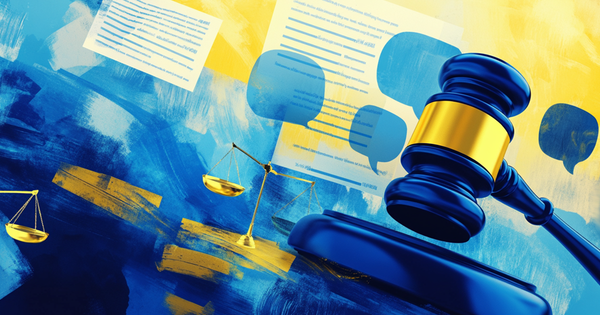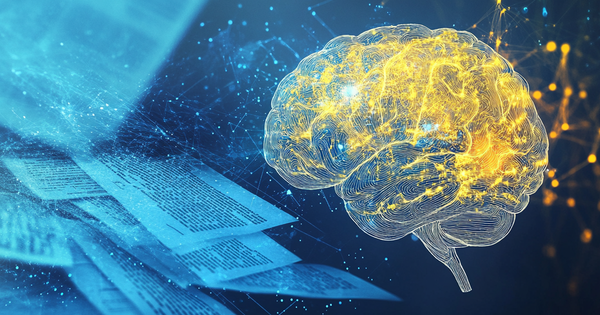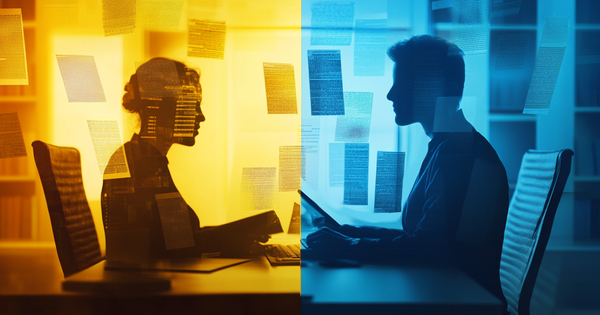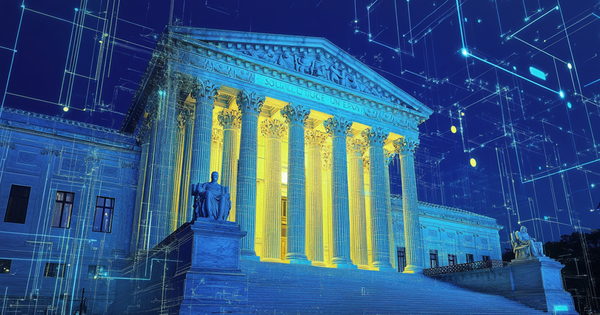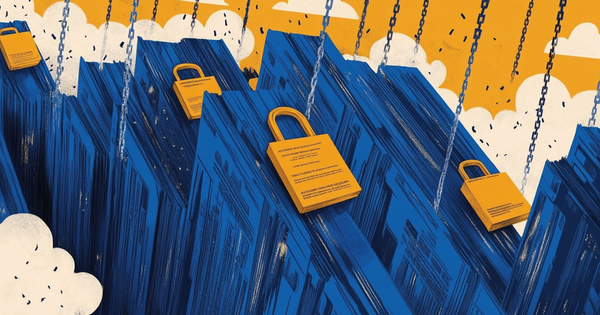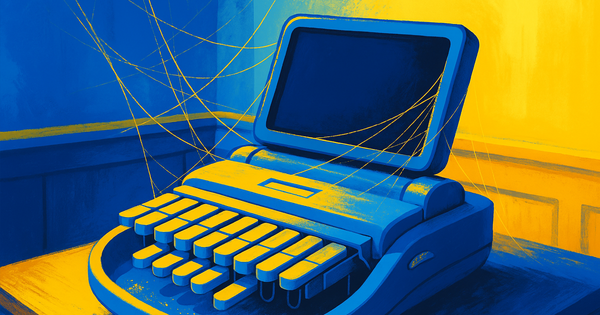
Court Reporting
California's Court Reporter Crisis Hits the High Court: Will Tech Finally Get a Seat at the Table?
California’s court reporter shortage is reaching a breaking point. Now, the state’s Supreme Court may decide if audio recordings can fill the gap when no certified reporter is available—marking a potential shift in how justice is documented.


